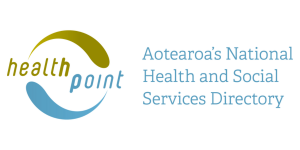H. pylori is a bacteria that is commonly found in your stomach. It is most likely to be spread through food and water contaminated with faecal matter (poo). There is greater risk of spread in areas with overcrowded living conditions, poor hygiene and unsafe drinking water.
It is thought that the bacteria are usually picked up in childhood and that it is rare to pick them up as an adult.
The infection does not go away naturally, but most people never develop symptoms. It's not known why some people get problems from the bacteria but not others. It can cause digestive problems by damaging the protective lining of your stomach and causing inflammation. This can increase the chance of developing:
- dyspepsia (indigestion)
- peptic ulcers (stomach or duodenal ulcers)
- acute and chronic gastritis (inflammation of your stomach lining)
- stomach cancer (rare).
Not all people with ulcers have H. pylori. Certain pain reliever medications (eg, aspirin, ibuprofen, naproxen) can also cause ulcers. Ulcers are also more common in smokers.
In New Zealand, the rate of H. pylori infection is lower than many other developed countries, with an average rate of 18.6%. However, this rate varies depending on ethnic group:
- About 7 in every 100 Pakeha people are infected, among the lowest rates for H. pylori in the world.
- In non-Pakeha communities the rate is higher: Māori, about 35 in every 100 people; Pasifika, about 30 in every 100 people; Asian, about 24 in every 100 people; Indian, about 10 in every 100 people.
- These rates can vary considerably (by 20–35%).






